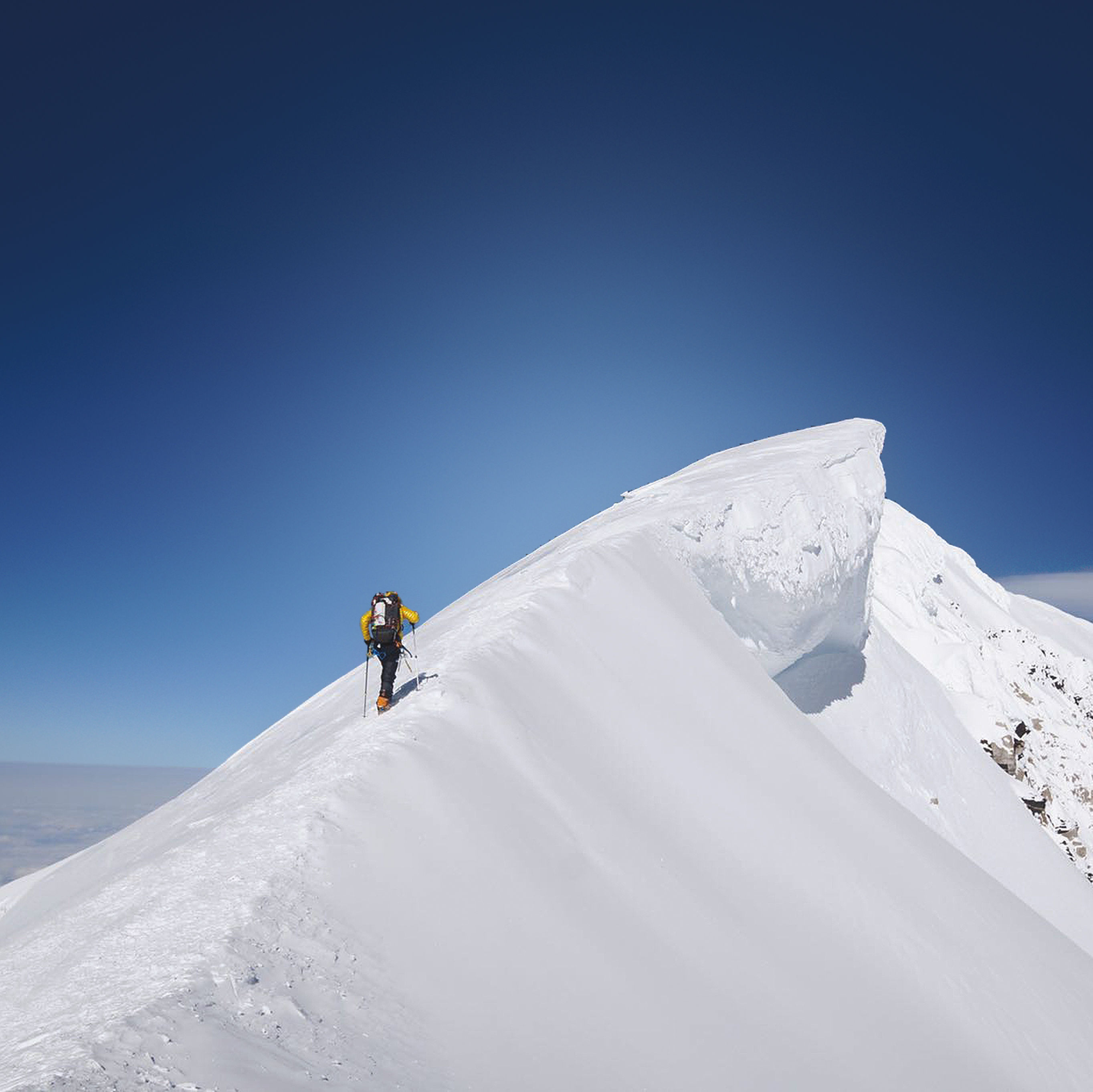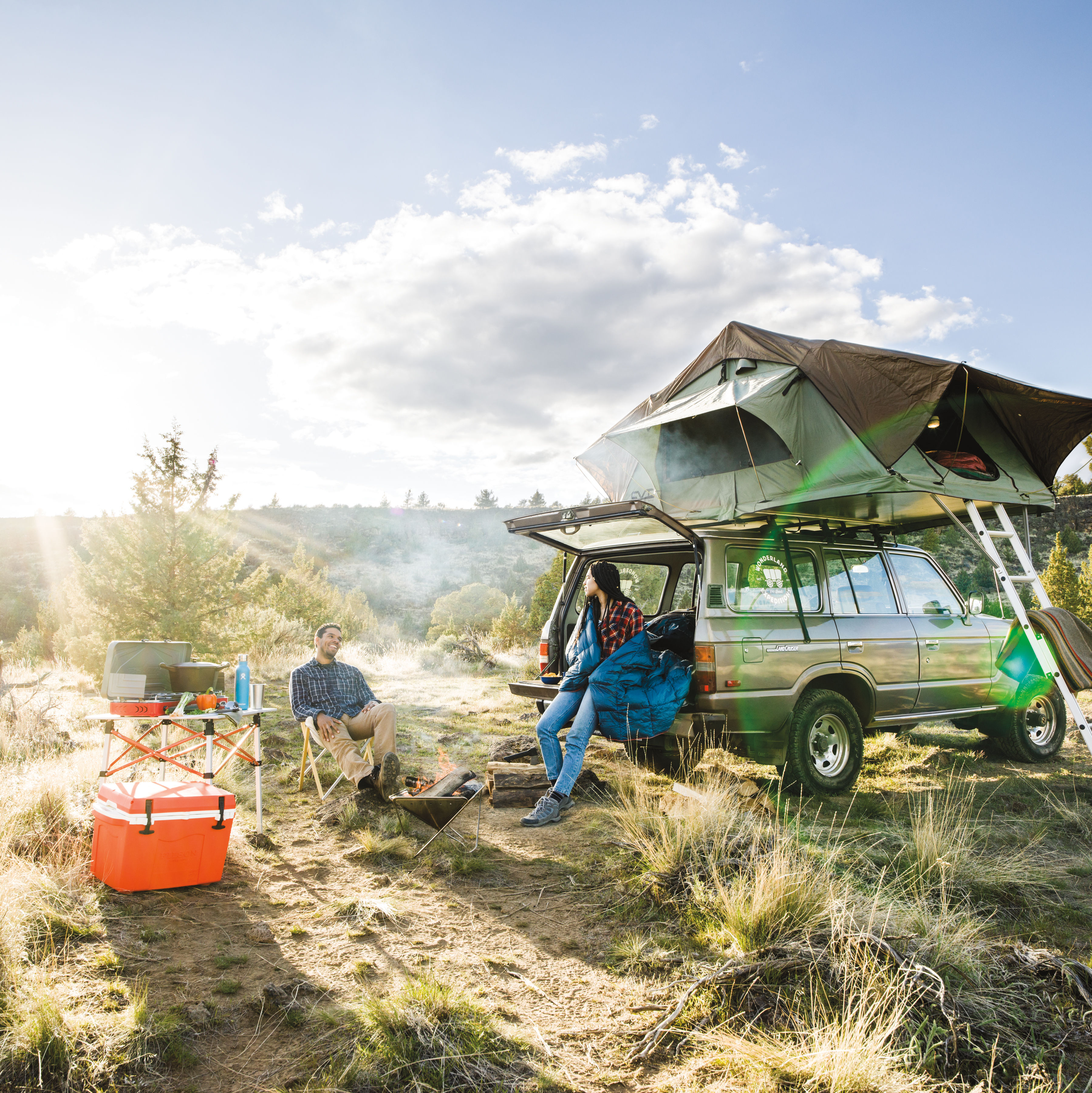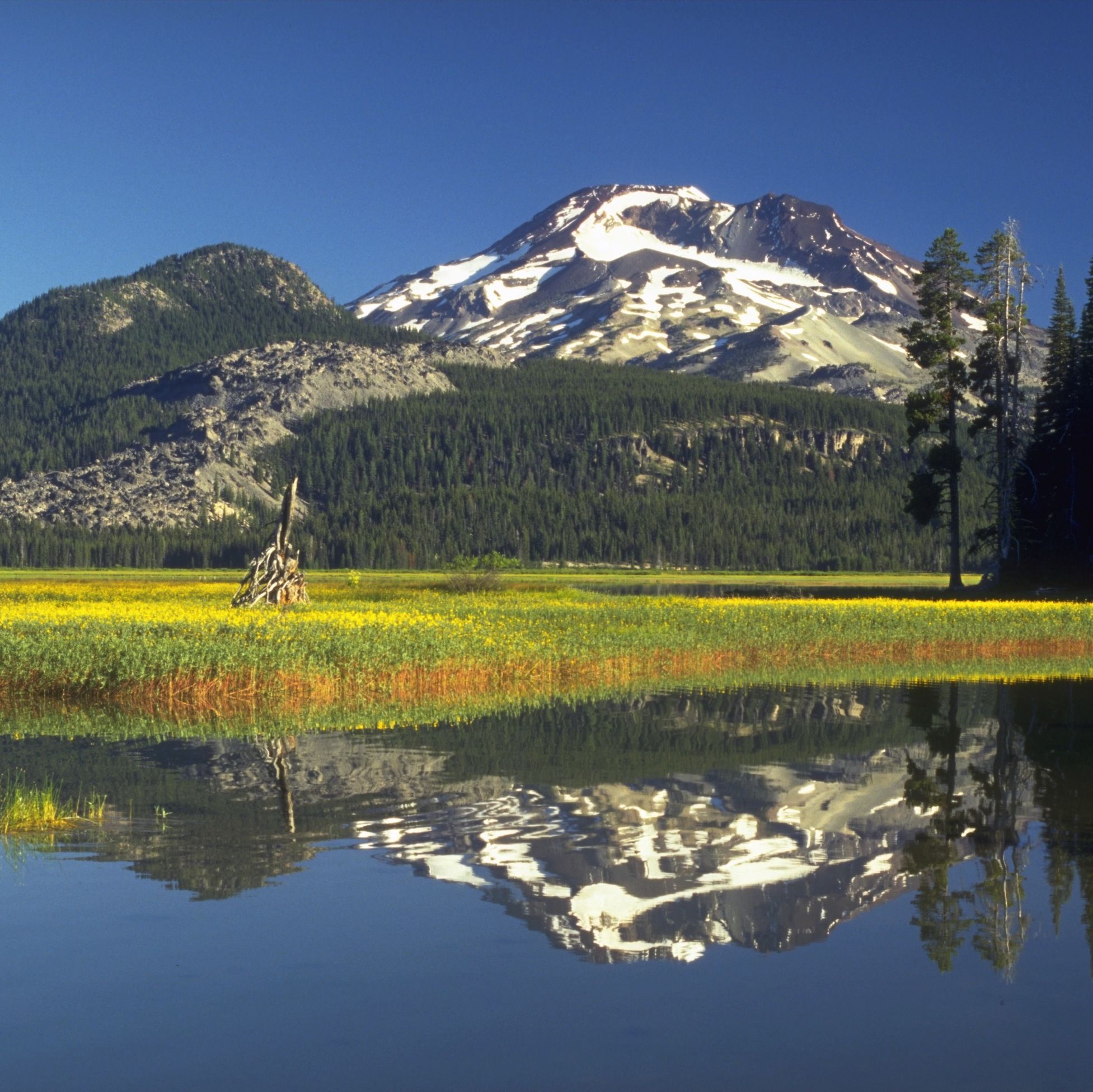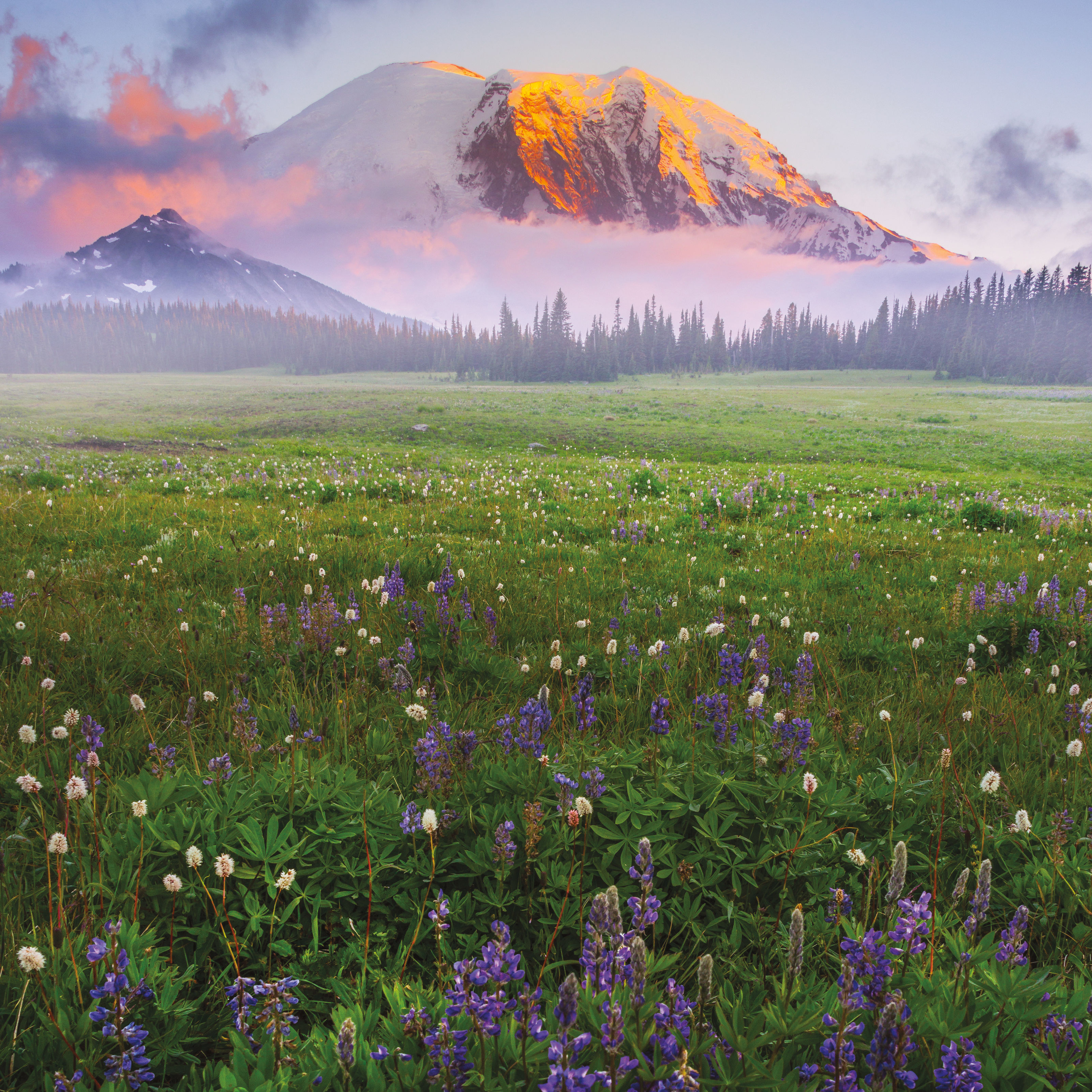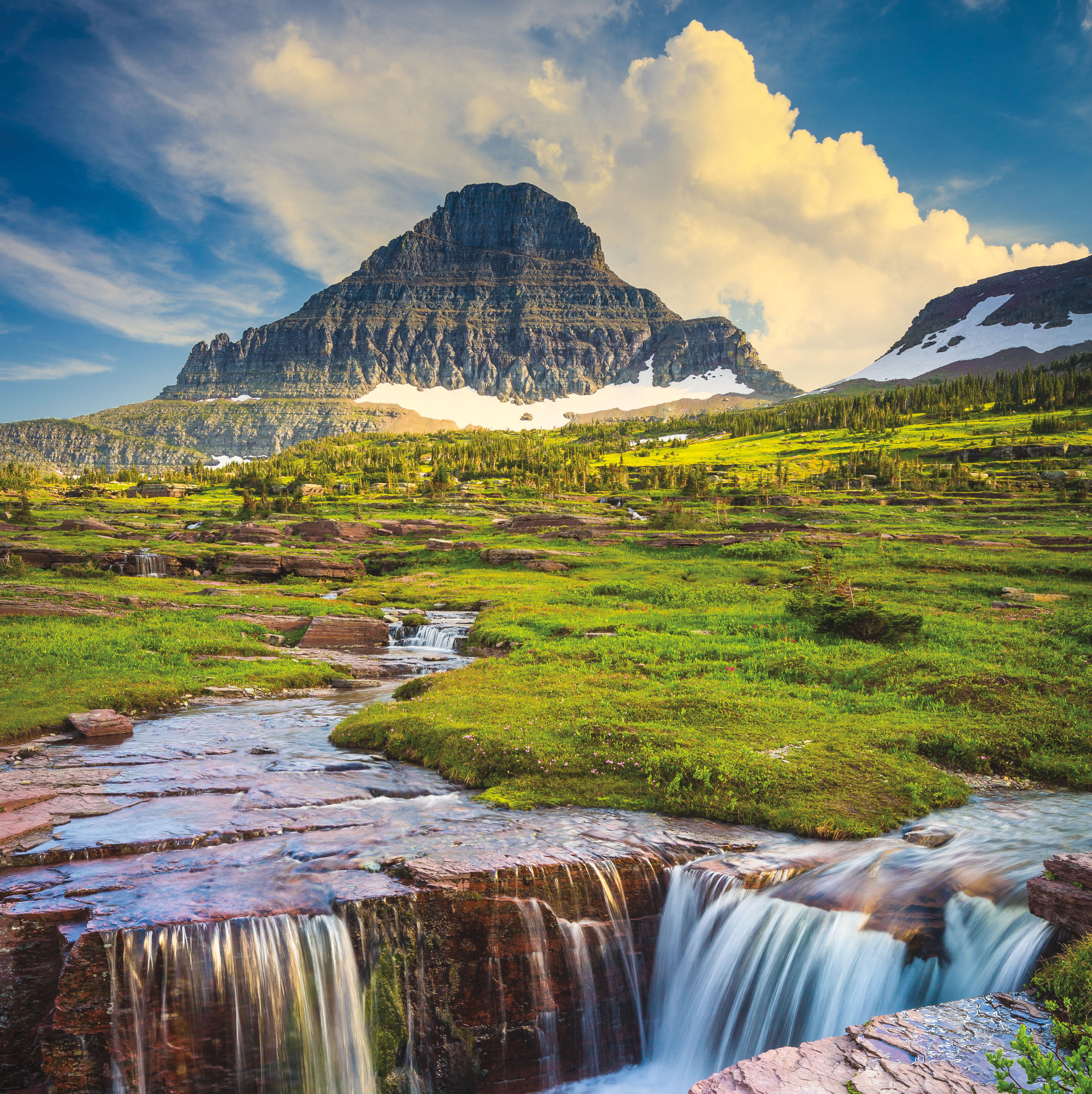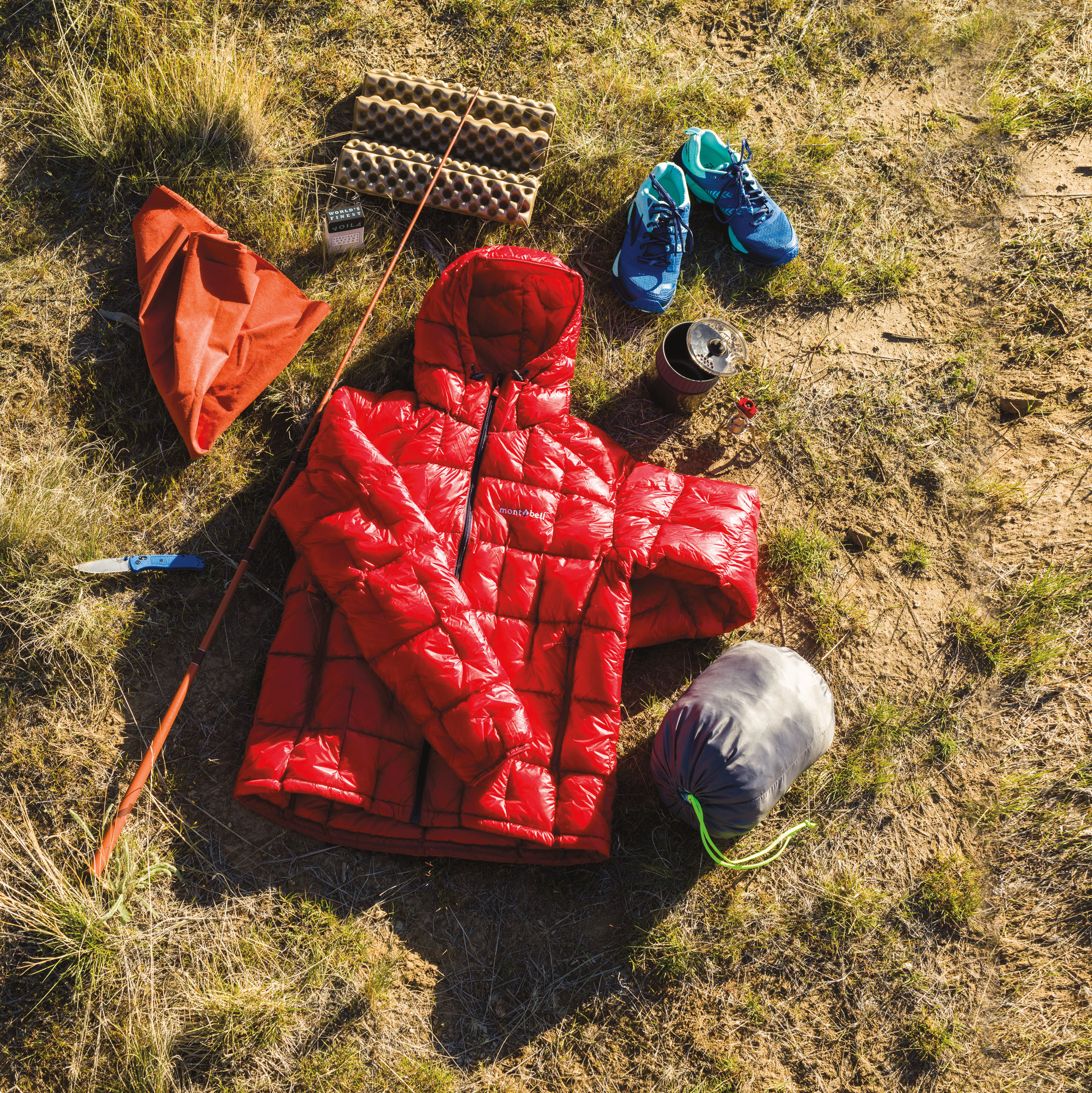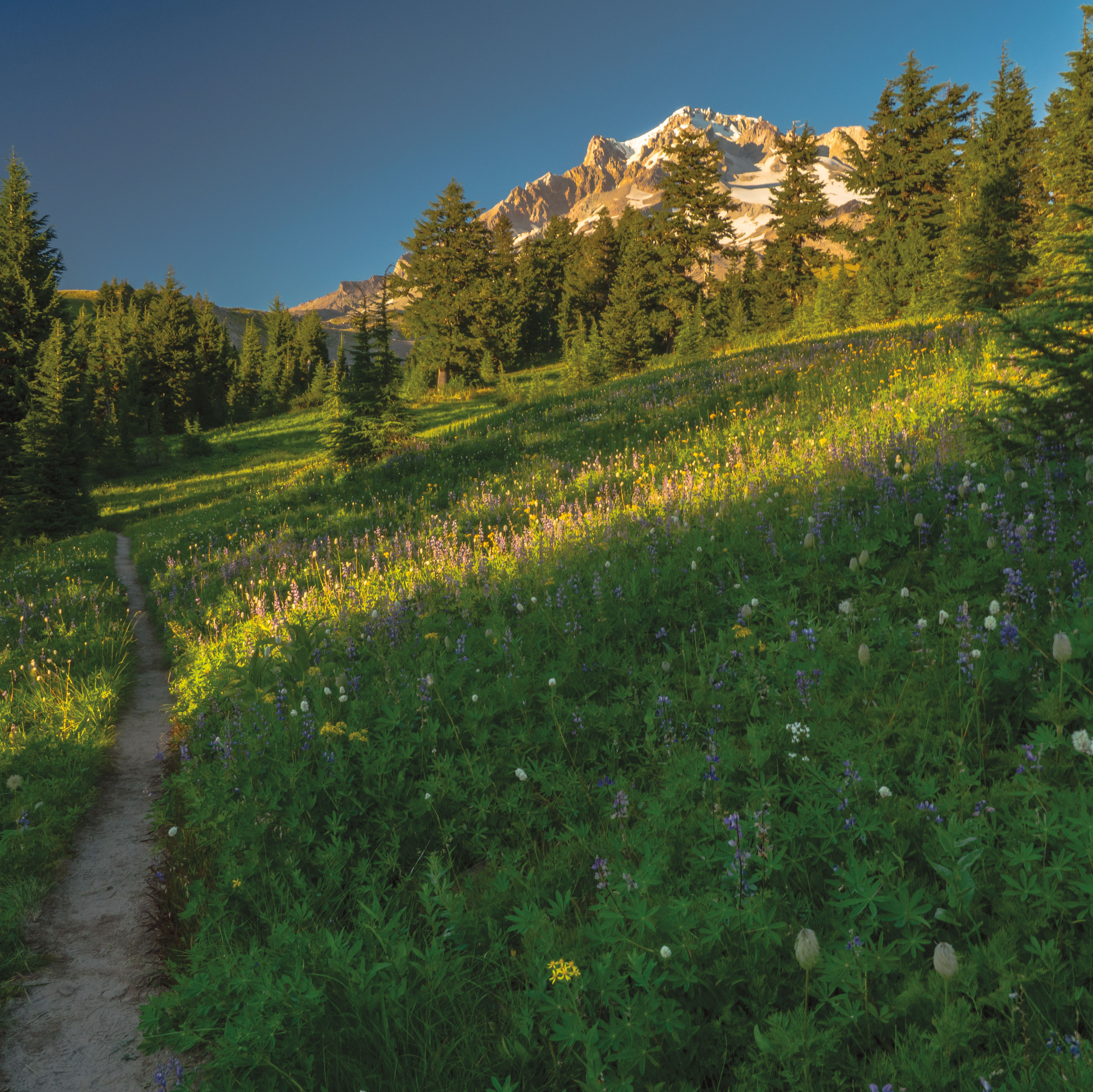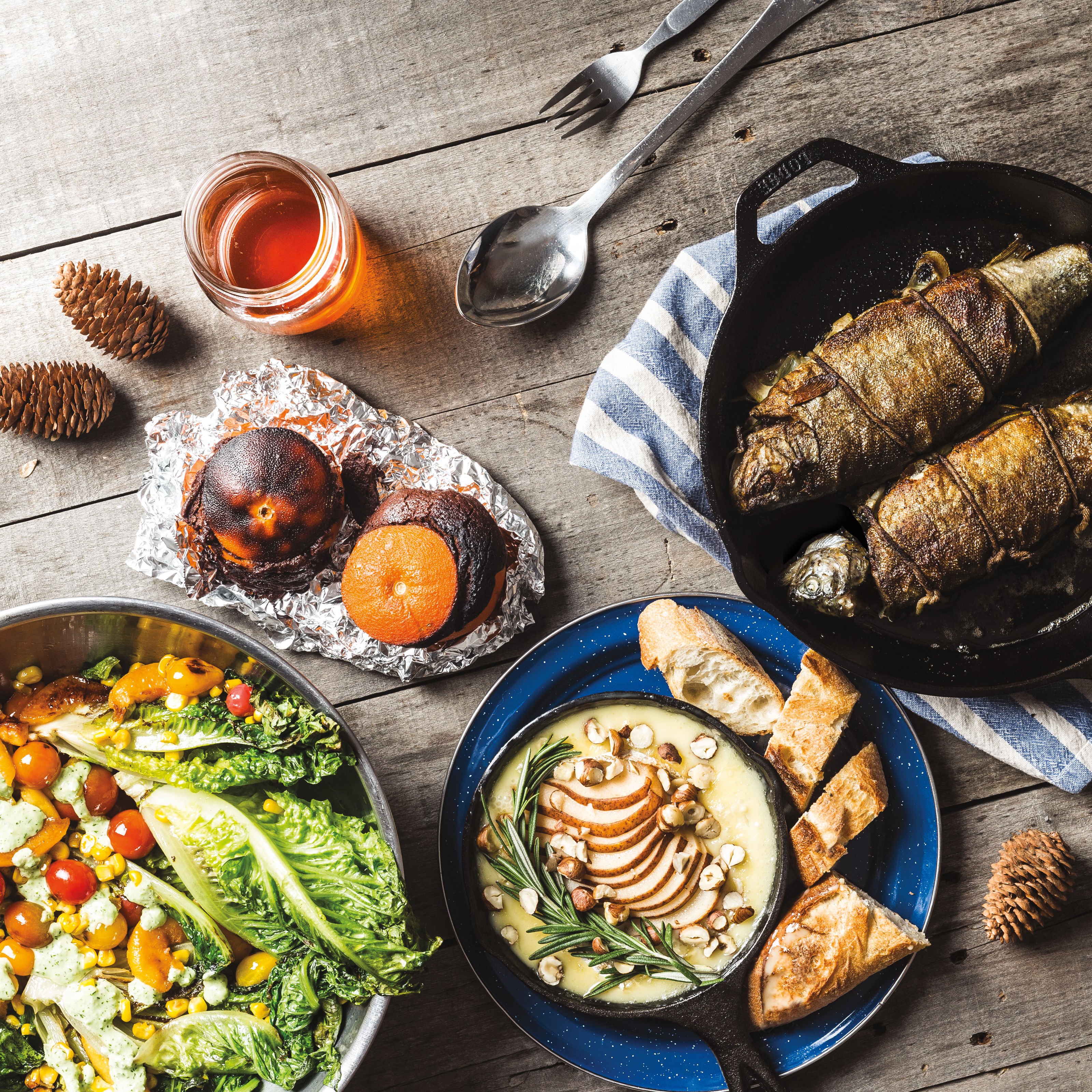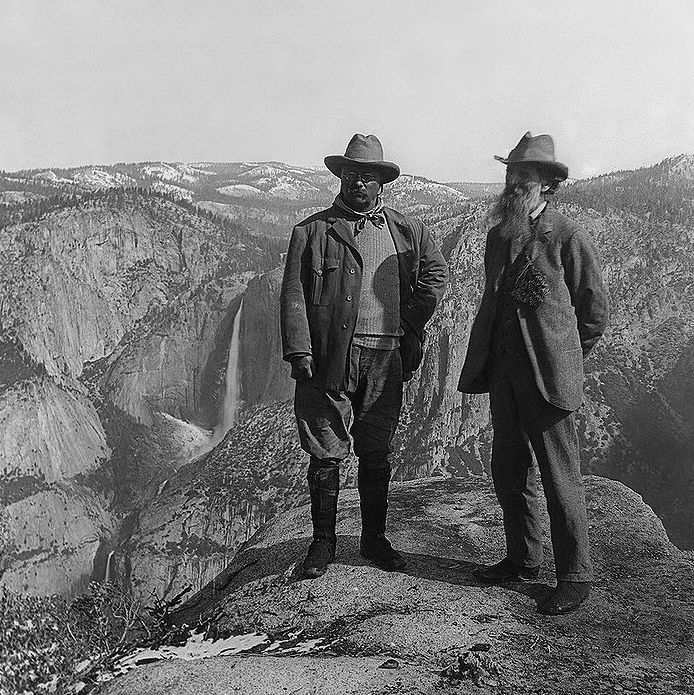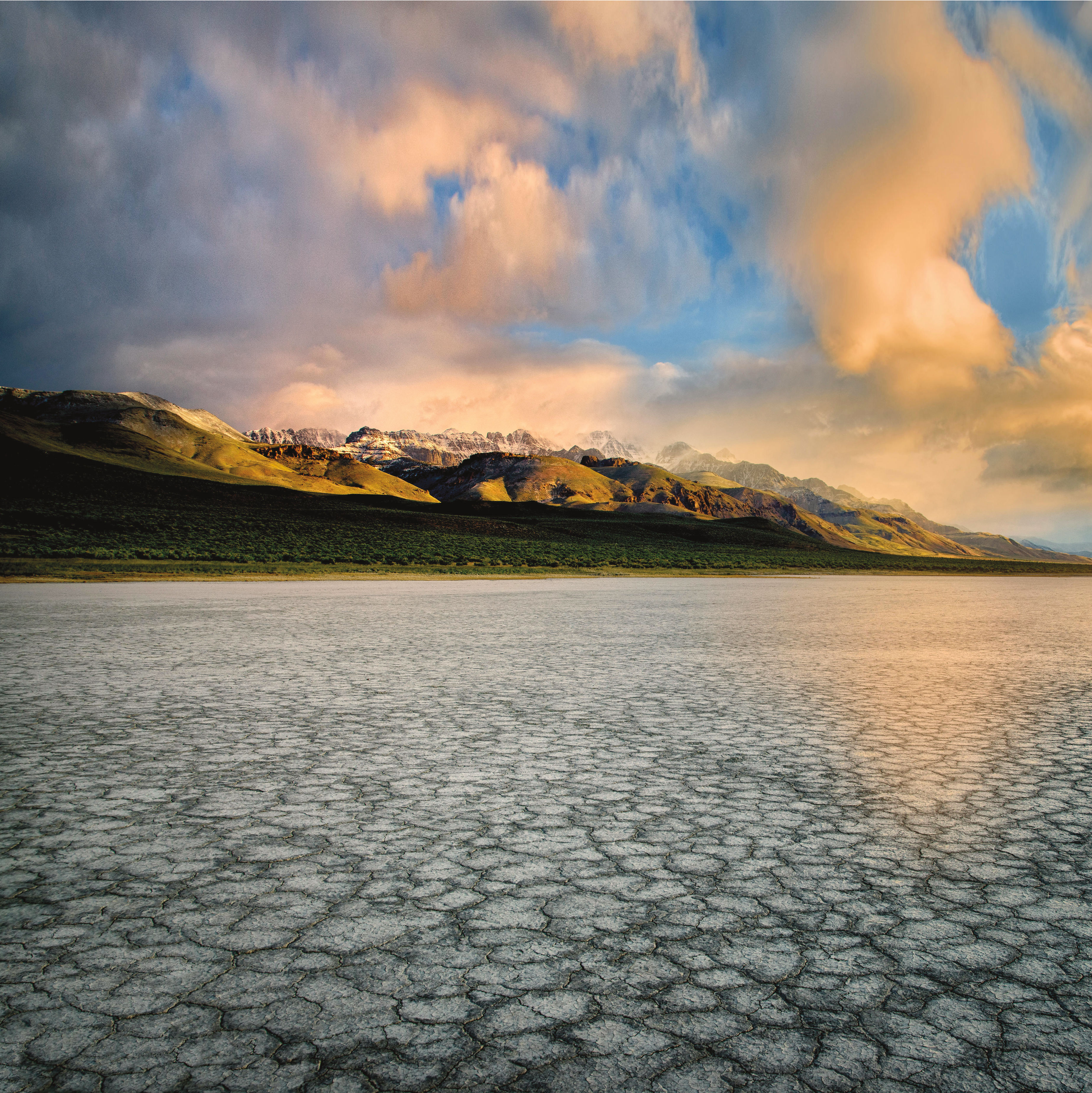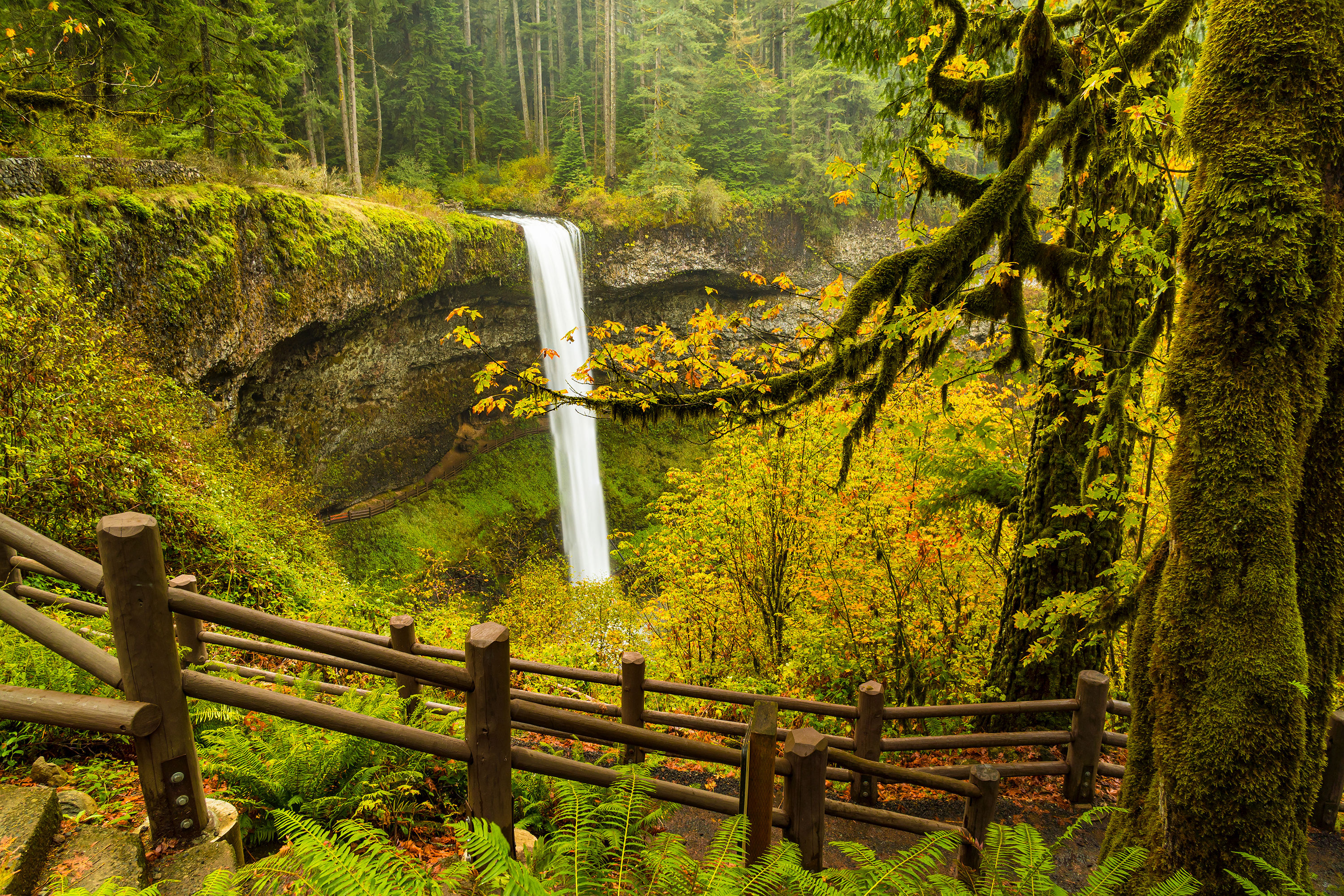5 Northwest Backpacking Trips to Take Right Now

Mount Rainier
Image: Courtesy Kevin McNeal
Northern Loop Trail
Trip Length: 36 miles / Drive Time: 4 hrs / Best Month: August–September
If you’re a Rainier junkie, you’ve heard of the aptly named Wonderland Trail, a 93-mile circuit of that noble peak. But its lottery system closes April 1 (every Seattleite with a Subaru puts their hat in the ring), and it takes roughly 10 days to complete. The alternate is the 36-mile Northern Loop Trail, a less-traveled, equally gobsmacking route that links up with the Wonderland for the return leg. Once past the Sunrise Visitor Center (a.k.a. Disneyland), you’ll experience full-frontal Rainier, high-alpine lakes, Sound of Music–level meadows over Grand Park, a massive natural andesite rock arch, and overflowing huckleberries in later summer, attended by grubbing black bears. Guidebook: 100 Classic Hikes Washington —BT
Goat Mountain to Deadman Lake
Trip Length: 10 miles / Drive Time: 3 hrs / Best Month: July
To survey the force of a bygone Cascadia eruption, climb along the spine of Washington’s Goat Mountain, just north of Mount St. Helens. From Ryan Lake, switchback through thick forest before breaking into 360-degree views of Rainier, Adams, Margaret, and St. Helens, often gilded by vital wildflower displays early in the season. You’ll cross into the 1980 blast zone, where young evergreens and alpine shrubs have since taken root. Descend back into the forest to reach Deadman Lake, a hidden, sprawling sand beach, and a prime campsite for the night. Note: Take I-5 north to WA-503, then forest roads 90, 25, 99, and 26 to reach the trailhead; the approach from Randle has been washed out since 2016. nwhiker.com —BT
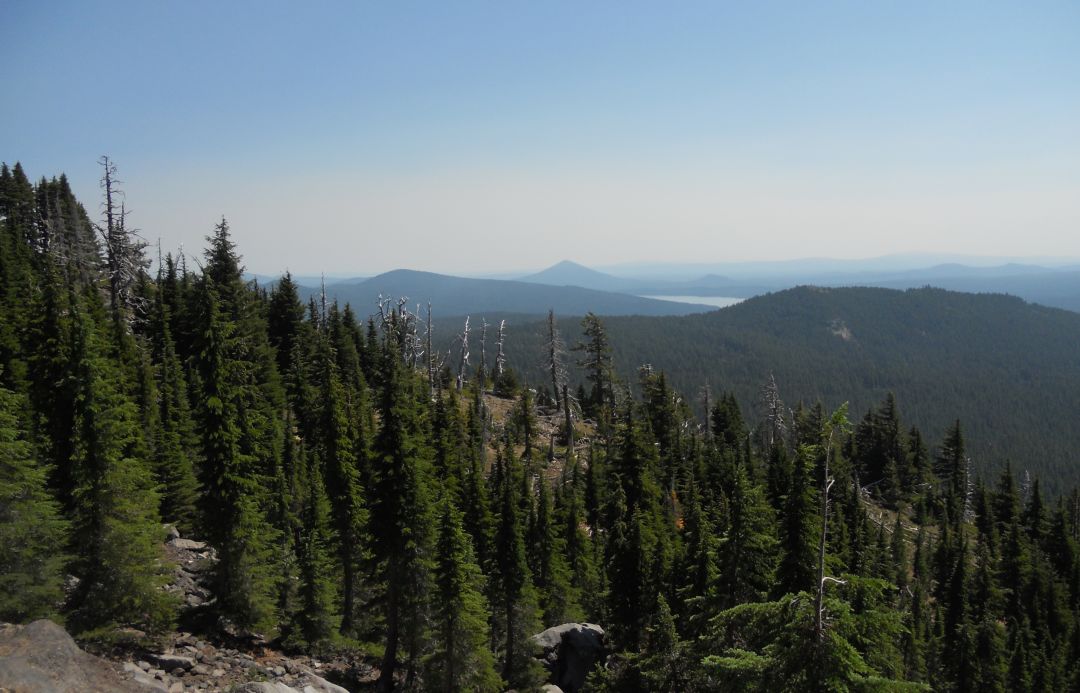
Diamond Peak Wilderness
Image: Courtesy Wikimedia Commons
Diamond Peak Loop
Trip Length: 27 miles / Drive Time: 3 hrs / Best Month: August
Outside of Mount Hood and the Gorge, the Three Sisters Wilderness near Bend gets some of the busiest hiker traffic in the state. You can skirt the bustle and climb craggy, view-gifting mountains a bit farther south in the Diamond Peak Wilderness. Start your loop at Odell Lake, 70 miles southeast of Eugene, leapfrogging between a string of blue-green lakes. The 8,743-foot peak is a mere mile from your route, which briefly follows the Pacific Crest Trail. The ascent requires no special equipment (but practice careful wayfinding as you scramble up the steep, featureless scree and snow). The payoff is well worth it: front-row seats to Three Sisters to the north, with Mount Thielsen arching to the south. (Bonus: Marie Lake awaits at the bottom of the climb for a victory lap.) Guidebook: Backpacking Oregon —BT
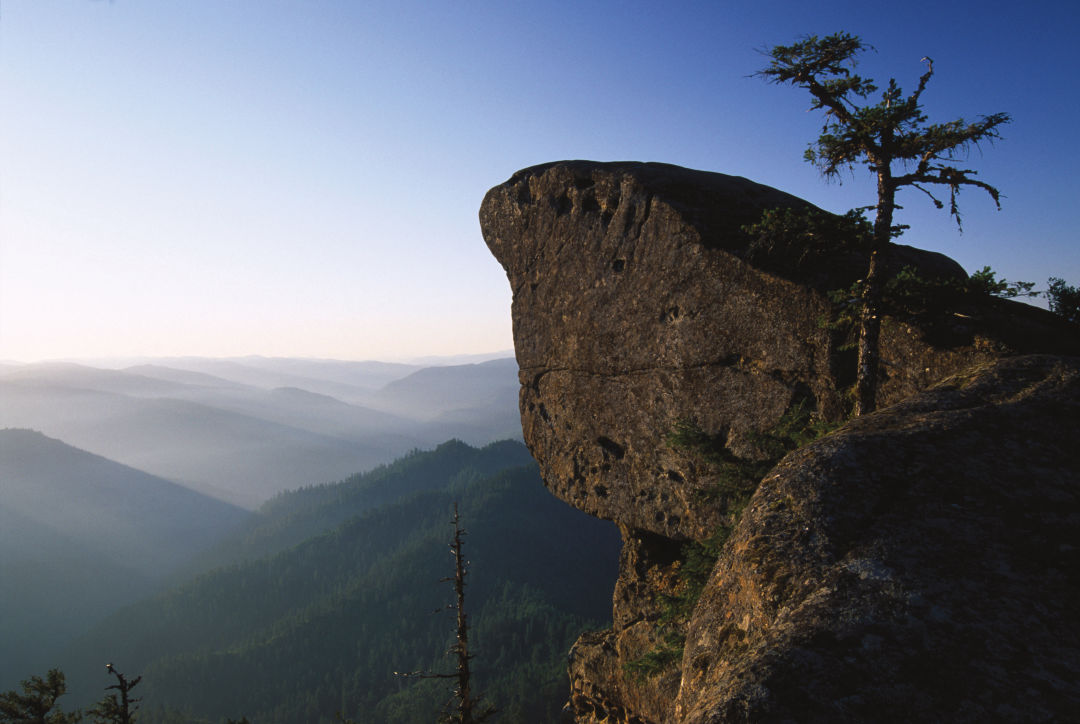
Hanging Rock, above the Rogue Valley
Rogue River Trail
Trip Length: 40 miles / Drive Time: 6 hrs / Best Month: April–June
Plenty of people raft down this southern Oregon river, the first in the state to earn an official “wild and scenic” designation, in 1968. But hiking the canyon’s cliff-clinging trails is perhaps even more satisfying—and still provides sandy beachside campsites and life-giving lunchtime dips. The Rogue cuts an emerald swath through the Siskiyou Mountains, with stands of oaks and conifers giving way to arid, exposed stretches (translation: it’s a furnace by July). Looking to upgrade to hot showers and proper mattresses? Several wilderness lodges dot the way. Hike the well-marked, well-maintained trail as an out-and-back, arrange a shuttle, or make it a lollipop loop by climbing through old-growth to reach Panther Ridge and Hanging Rock, an outcrop with glorious views of the rolling wooded valleys below. Guidebook: Backpacking Oregon —RJ
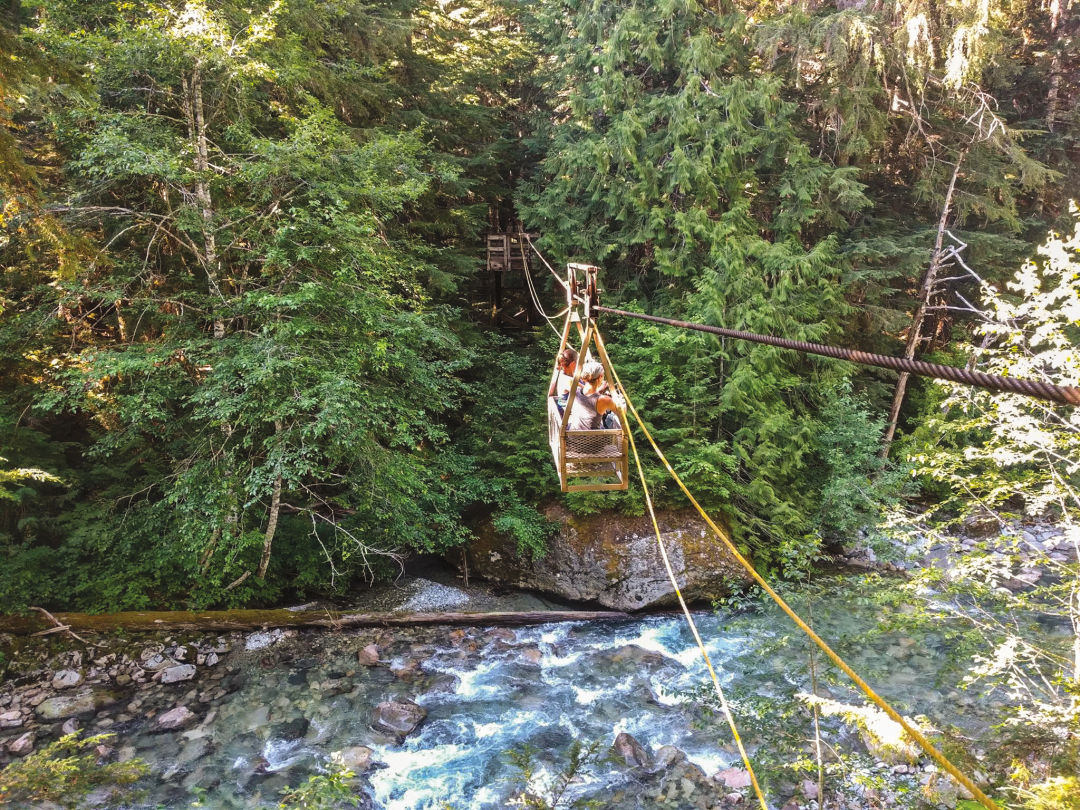
Crossing the Chilliwack River in the hand-operated cable car
Image: Courtesy Will Ertl
Copper Ridge Loop
Trip Length: 34 miles / Drive Time: 6 hrs / Best Month: August
Can’t make it to Switzerland this summer? Washington’s North Cascades are your close-to-home answer. This loop hike—steep and strenuous in parts—serves up expansive ridgeline views, picturesque subalpine lakes, shady old-growth forest, and even a hand-operated cable car that’ll make you feel like a modern-day Indiana Jones. It’s best later in the summer when the snow has melted out and the salmon-filled Chilliwack River is running lower—crossing its braided, thigh-deep channels can require careful navigation. By late July or August, you’ll also be rewarded with shoulder-high fields of heather and wildflower-lined trails. Take note: a backcountry permit is required for all overnight stays. wta.org —RJ
